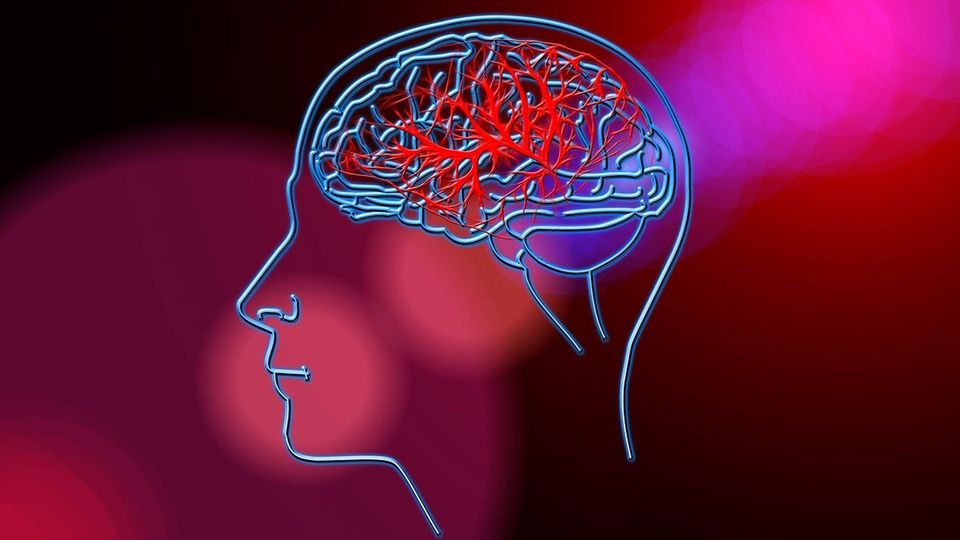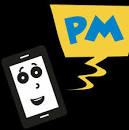Stroke is a serious medical emergency that can affect anyone, anywhere, at any time. However, certain summertime habits and environmental factors can increase the risk of stroke. High temperatures, dehydration, dietary choices, and changes in daily routines all contribute to a heightened risk. Recognizing stroke symptoms and understanding preventive measures can significantly reduce the chances of a stroke occurring.

Recognizing Stroke Symptoms Early
One of the most critical aspects of stroke prevention is early recognition of symptoms. The faster a stroke is identified, the better the chances of reducing long-term damage. The key symptoms of stroke include:
- Sudden numbness or weakness in the face, arm, or leg, especially on one side of the body.
- Sudden confusion or trouble speaking and understanding speech.
- Sudden vision issues such as blurred or double vision or complete vision loss in one or both eyes.
- Sudden dizziness or balance problems, difficulty walking, or coordination issues.
- Sudden severe headache with no known cause.
Many individuals dismiss stroke symptoms, mistaking them for minor issues like fatigue, stress, or dehydration. This delay in response can have life-threatening consequences. Seeking immediate medical attention is crucial in preventing severe damage.
The Impact of Diet on Stroke Risk
Summer often brings an increase in social gatherings, barbecues, and indulgent meals. While these events are enjoyable, they often lead to dietary choices that can increase the risk of stroke. Some key dietary concerns include:
High Sodium Intake
Processed foods like hot dogs, chips, and fried items are often high in sodium, which can lead to high blood pressure—a major risk factor for stroke.
Excessive Alcohol Consumption
Drinking alcohol in excess can increase blood pressure and make it harder to recognize stroke symptoms, as the effects of alcohol can mimic those of a stroke.
High Carbohydrate and Sugar Intake
Diabetics are at twice the risk of stroke compared to non-diabetics. High carbohydrate and sugar intake can spike blood sugar levels, contributing to stroke risk.
How to Maintain a Stroke-Safe Diet
- Opt for lean proteins, fresh fruits, and vegetables.
- Limit processed and high-sodium foods.
- Stay hydrated and drink plenty of water.
- Consume alcohol in moderation or avoid it altogether.
The Importance of Hydration in Stroke Prevention
High summer temperatures can lead to dehydration, a significant risk factor for stroke. Dehydration thickens the blood, making clot formation more likely. To prevent dehydration:
- Drink at least 8-10 glasses of water daily.
- Avoid excessive caffeine and alcohol intake, as they contribute to dehydration.
- Consume water-rich foods such as watermelon, cucumbers, and oranges.
Medication Adherence and Stroke Prevention
Many individuals neglect their medications during summer due to changes in routine, vacations, or simple forgetfulness. Missing doses of critical medications—such as blood pressure meds, cholesterol-lowering drugs, or blood thinners—can significantly increase stroke risk.
How to Stay on Track with Medications:
- Set daily reminders to take prescribed medications.
- Ensure prescriptions are filled before vacations.
- Carry medications in a travel-friendly case with clear labels.
- Speak with a healthcare provider about adjusting medication routines if needed.
Understanding the B.E. F.A.S.T. Stroke Recognition Method
Time is of the essence when it comes to stroke treatment. Every second that passes can result in brain cell loss. The B.E. F.A.S.T. method is a quick and effective way to recognize stroke symptoms:
- Balance: Sudden loss of balance or coordination.
- Eyes: Blurred vision or loss of vision in one or both eyes.
- Face Drooping: One side of the face droops or feels numb.
- Arm Weakness: Weakness or numbness in one arm.
- Speech Difficulty: Slurred speech or inability to speak clearly.
- Time to Call 911: Immediate action is crucial—call 911 right away.
Why Calling 911 is Better Than Self-Transport
Many individuals hesitate to call an ambulance, preferring to have a family member drive them to the hospital. However, EMS teams can start life-saving treatments en route to the hospital, improving the chances of a full recovery. Do not wait—call emergency services immediately.
The Importance of Follow-Up Care
For those who have experienced a stroke or have a high risk of stroke, regular follow-up care is essential. Appointments with primary care physicians, cardiologists, and neurologists help prevent future strokes. Ensure:
- Regular blood pressure and cholesterol monitoring.
- Compliance with prescribed treatments and lifestyle changes.
- Attendance at all follow-up appointments.
Frequently Asked Questions:
1. Why does the risk of stroke increase during summer?
Hot weather can lead to dehydration, which thickens the blood and increases the likelihood of clot formation, a major cause of stroke.
2. How can I recognize a stroke early?
Use the B.E. F.A.S.T. method to identify key symptoms such as face drooping, arm weakness, speech difficulty, and vision problems.
3. What foods should I avoid to lower my stroke risk?
Limit high-sodium foods, processed meats, sugary beverages, and excessive alcohol, as these can increase blood pressure and stroke risk.
4. Is dehydration a serious factor in stroke?
Yes, dehydration can make the blood thicker, increasing the chances of clot formation and raising stroke risk.
5. Should I call 911 if I suspect a stroke?
Yes, calling 911 ensures that emergency responders begin treatment immediately, improving the chances of recovery.




